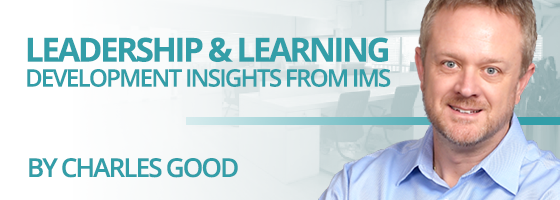In today’s fast-paced world, stress has become an almost constant companion for many of us. Juggling work, personal life, and various responsibilities leaves us feeling overwhelmed and drained. But what if we could change our relationship with stress? In her book Stressaholic: 5 Steps to Transform Your Relationship with Stress, Heidi Hanna offers a comprehensive guide to do just that. Let’s dive into the 5 Steps to Cultivate a Healthier Relationship with Stress.
STEP 1: AWARENESS – UNCOVER THE TRIGGERS
The journey towards transforming your relationship with stress begins with self-awareness. As Hanna puts it, “Awareness is the foundation for change.” Acknowledging the triggers that cause stress is the first step towards managing them effectively. By identifying these triggers, you gain the power to address them head-on and prevent them from spiraling out of control.
STEP 2: RESPONSIBILITY – TAKE CONTROL OF YOUR STRESS
Taking responsibility for your stress involves recognizing that your thoughts, behaviors, and choices influence how stress affects you. Hanna explains that shifting from a victim mentality to an empowered mindset is essential. She writes, “Taking control of stress requires taking control of yourself.” Instead of letting stress dictate your life, you can make intentional decisions that mitigate its impact.
STEP 3: PRIORITIZATION – SELF-CARE AS A STRESS BUFFER
Prioritizing self-care might seem cliché, but it’s a cornerstone of stress management. Hanna wisely notes, “Self-care is not a luxury; it’s a strategic investment.” She emphasizes that nurturing your physical, mental, and emotional well-being is not selfish – it’s a strategic investment in your ability to handle stress. By allocating time for relaxation, exercise, and rejuvenation, you create a buffer against the adverse effects of stress.
STEP 4: CONNECTION – BUILDING A SUPPORT SYSTEM
In a digitally connected world, genuine social connections are often neglected. However, relationships play a crucial role in managing stress. Hanna reminds us, “We’re wired for connection.” Cultivating meaningful connections provides emotional support, encouragement, and a sense of belonging. Whether it’s family, friends, or colleagues, fostering positive relationships can enhance resilience and make stressful situations less daunting.
STEP 5: ENERGY MANAGEMENT – FUELING YOUR RESILIENCE
The final step focuses on energy management – optimizing your physical, mental, and emotional energy levels. Hanna emphasizes the link between nutrition, exercise, sleep, and mindfulness in sustaining energy. She writes, “Energy management is a key factor in overall health and productivity.” By nourishing your body, engaging in regular physical activity, getting adequate sleep, and practicing mindfulness, you can handle stress more effectively and maintain a positive outlook.
Heidi Hanna offers a refreshing perspective in a world that often glorifies busyness and stress. It’s not about eliminating stress– that’s unrealistic. Instead, we need to change our approach to stress, allowing us to harness its potential for growth and empowerment. You can embark on a journey towards a healthier, more balanced life by following the five steps – Awareness, Responsibility, Prioritization, Connection, and Energy Management.
Remember, transformation takes time and effort. Implementing these steps might not be easy at first, but they offer a roadmap to reducing the negative impacts of stress while cultivating resilience, well-being, and success. These 5 Steps to Cultivate a Healthier Relationship with Stress can not only transform your relationship with anxiety, but it can also transform your life.
Want to learn more about dealing with stress? You can listen to my interview with IMS thought-leader Heidi Hanna here. You can also view my previous blog on The Cost of Doing Too Much.
ABOUT CHARLES GOOD
Charles Good is the president of The Institute for Management Studies, which provides transformational learning experiences that drive behavioral change and develop exceptional leaders. Charles is an innovative and resourceful leader who specializes in bringing people together to develop creative organizational and talent strategies that enable business results. His areas of expertise include assessing organizational skill gaps and leading the design, creation and delivery of high impact, innovative learning solutions that achieve business goals.
